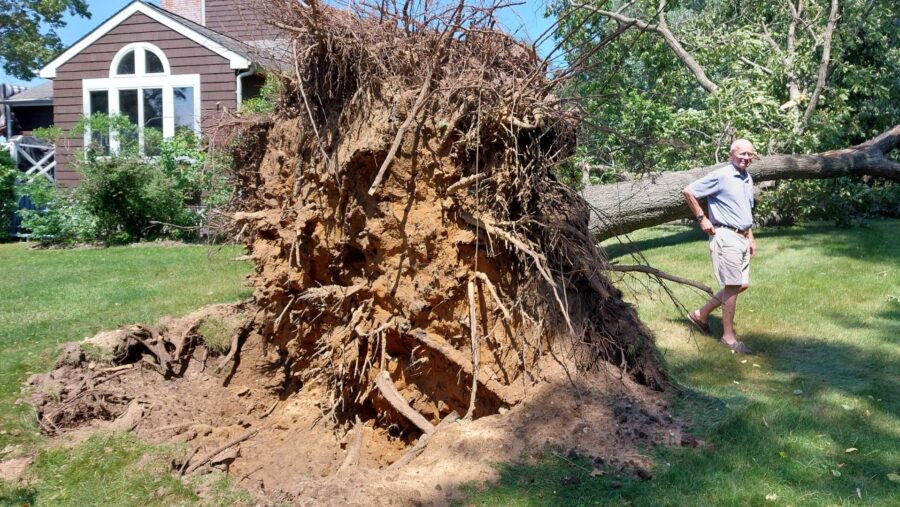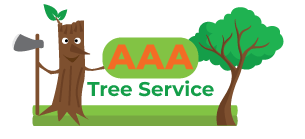How Remove a Big Tree After a Storm

How Remove a Big Tree
Are you planning on trying to remove a Big tree after a storm? You’re not alone. There are several dangers involved in removing a tree by yourself. Read on to learn about the most common risks and how to avoid them. In addition, this article will show you how to prune broken branches to promote healing. Read on to find out more about storm-damaged trees. Once you’ve taken down the big tree, you’ll want to repair the damage.
Hazards of removing trees after a storm
One of the most common hazards of removing trees after a storm is the potential for falls. When working at heights, falling from a ladder or roof is a major risk. But the dangers don’t end there. Working with storm-damaged trees also poses other risks, such as being tangled in downed power lines and homes. There have been dozens of cases of people dying while removing trees after a storm.
The most hazardous trees
are ones that are near a structure, such as a home’s bedroom. This is because the risk of a tree falling on someone or a vehicle increases. Trees near high-use areas pose greater risks, and they’re more likely to fall on people and vehicles. However, a storm can expose weaknesses in a tree’s crown, trunk, and roots.
Depending on the severity
of storm damage, city ordinances may require that you remove damaged street-side trees. It’s best to leave this type of work to a professional. It’s important to call a professional arborist or Forester, who will know the appropriate course of action. However, there are some precautions you can take to prevent further damage to your trees. For instance, do not try to prune a tree that’s too severely damaged, as this can lead to more severe damage.
Before attempting to remove a storm-damaged tree
consult your homeowner’s insurance policy. Some policies cover damage to trees, while others only cover damages to nearby structures. It’s always better to be safe than sorry. If a tree falls and hits a power line, you could get electrocuted. The same thing goes for a tree that leans against another tree. When working with power lines, avoid cutting trees that are close to them.
The risks of storm-damaged
trees are many. Large sections of bark can be damaged or destroyed, or girdled. Branches and trees with heavy foliage are more vulnerable to damage because the leaves add weight and wind resistance. However, you can reduce the risk of damage by using pre-storm strategies. If you are not in a position to safely remove trees after a storm, consider hiring professionals to do so.
Common dangers of removing a tree yourself
Many homeowners try to remove a large tree themselves after a storm because they assume hiring a professional service will be too expensive. Before attempting to remove a tree, however, be sure to review your homeowner’s insurance policy. Some policies cover the tree, but not nearby structures, so make sure you know exactly what is covered and what is not. Read on to learn more about the common dangers of removing a big tree yourself after a storm.
First, never trim a tree too close to a power line
Even if the tree appears to be healthy, it can fall and electrocute you. In addition, moving branches can contact a power line, making them unstable and dangerous. Additionally, a tree leaning against another can fall and injure you. A professional can also remove a tree quickly and safely, leaving the landscape undisturbed and strewn with debris.
Regardless of the reason
for your decision to remove a tree after a storm, make sure you follow the proper guidelines for pruning. Breaking branches can be dangerous, and you may be unable to cut them without causing further damage. To minimize the risks of decay agents entering the wound, cut small branches back at the point where they join larger branches. If the limbs have sustained more than one-third damage, you should consider having it removed.
Another common danger of removing a big tree
yourself after an unexpected storm is falling. If you have to use a ladder or cut tree limbs, you run the risk of falling and causing injuries. Additionally, working around power lines and overhead electrical wires can cause a hazard and limit your options. As a rule, you should always call a professional if you plan to cut down a big tree yourself.
Repairing storm damage to trees
After a storm, most trees have some degree of damage. This can range from minimal to severe, depending on the severity of the storm. Minimal damage can be as simple as limbs being broken or twisted off. However, some trees will be completely destroyed and will need to be removed. Thankfully, there are some simple tips that can help you save a tree after a storm.
Identifying storm damage is the most crucial step
to preserving your tree. Storms can leave tree limbs in a state of decay, which can lead to disease. Once you have located the tree, remove any damaged limbs. If possible, prune the remaining tree parts back to the trunk or the next lateral. Trees should be pruned carefully to prevent open wounds because disease can invade them. Proper pruning will also ensure that the tree can heal faster.
After a storm, you should carefully
assess any tree limbs that were severely damaged. These may include large, broken branches, split crotches, or even removal of bark. Severe damage to a tree can be due to strong winds, lightning, or heavy ice storms. If there is no immediate risk of injury, it may be best to leave it alone. Alternatively, you can hire a tree care service to take care of this work for you.
When it comes to tree maintenance
it is wise to hire an expert. Some homeowners do their own post-storm tree removal and assume that they can repair the damage themselves. But many times, hiring a professional isn’t worth the expense. Therefore, before you start the work, you must check your homeowner’s insurance policy to see what coverage your policy covers. For many people, storm damage to trees is covered under their homeowner’s insurance policy. However, it is important to keep in mind that some homeowners’ insurance policies only cover damage to structures around the home.
Pruning broken branches to promote healing
If you find that your tree is broken after a storm, you should prune it. The process of pruning broken branches is quite similar to trimming damaged wood. To promote healing, you should cut off broken branches that are near the main stem. If possible, trim off the damaged bark to encourage uniform healing. Once the pruning is complete, you should clean your yard by raking it thoroughly. Here are some tips for pruning damaged trees after a storm.
First, you should cut off any branch
that is jagged or split. You should also prune branches that are tangled with power lines. After pruning, paint the wounds to prevent insects from invading your tree. Oak wounds should be protected with tree wound compound or water-based paint. You can also prune trees that are more prone to breakage, such as silver maple and Chinese elm.
For smaller limbs, cut off
the stub at the point where it joins the main limb. Large branches should be pruned back to the trunk or main limb. This will promote healing more quickly. Pruning breaks limbs is an essential part of caring for your trees. If you don’t, you risk inviting disease-causing insects and pests into your tree. If you’re pruning a tree after a storm, you should follow these guidelines.
You should also carefully examine
the fallen branches for broken branches. Make sure to check the entire tree for other broken branches from a safe distance. Don’t approach the tree from underneath it. Don’t pull down branches with a pole pruner – ice and snow-loaded branches can fall on people. You should also avoid blocking sidewalks and posing new safety hazards. You should always contact a certified arborist for help in pruning your tree.
If you are pruning the tree
to promote healing after a storm, you should try to prune the branch with as few splits as possible. Splits that are larger than a half inch will usually not heal on their own. This allows wood decay fungi to penetrate the tree and further weaken it. Moreover, if the split is crooked, the branches will likely not survive. But if the split is small and does not hang crooked, they can be pruned to promote healing
